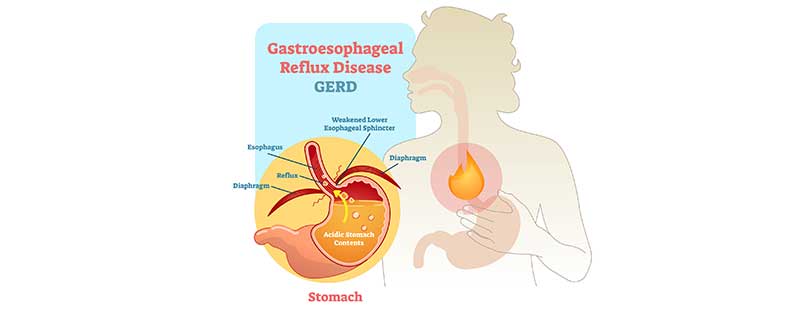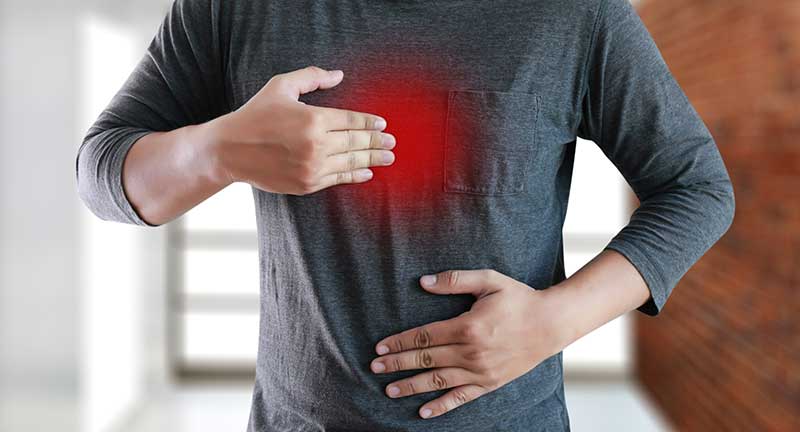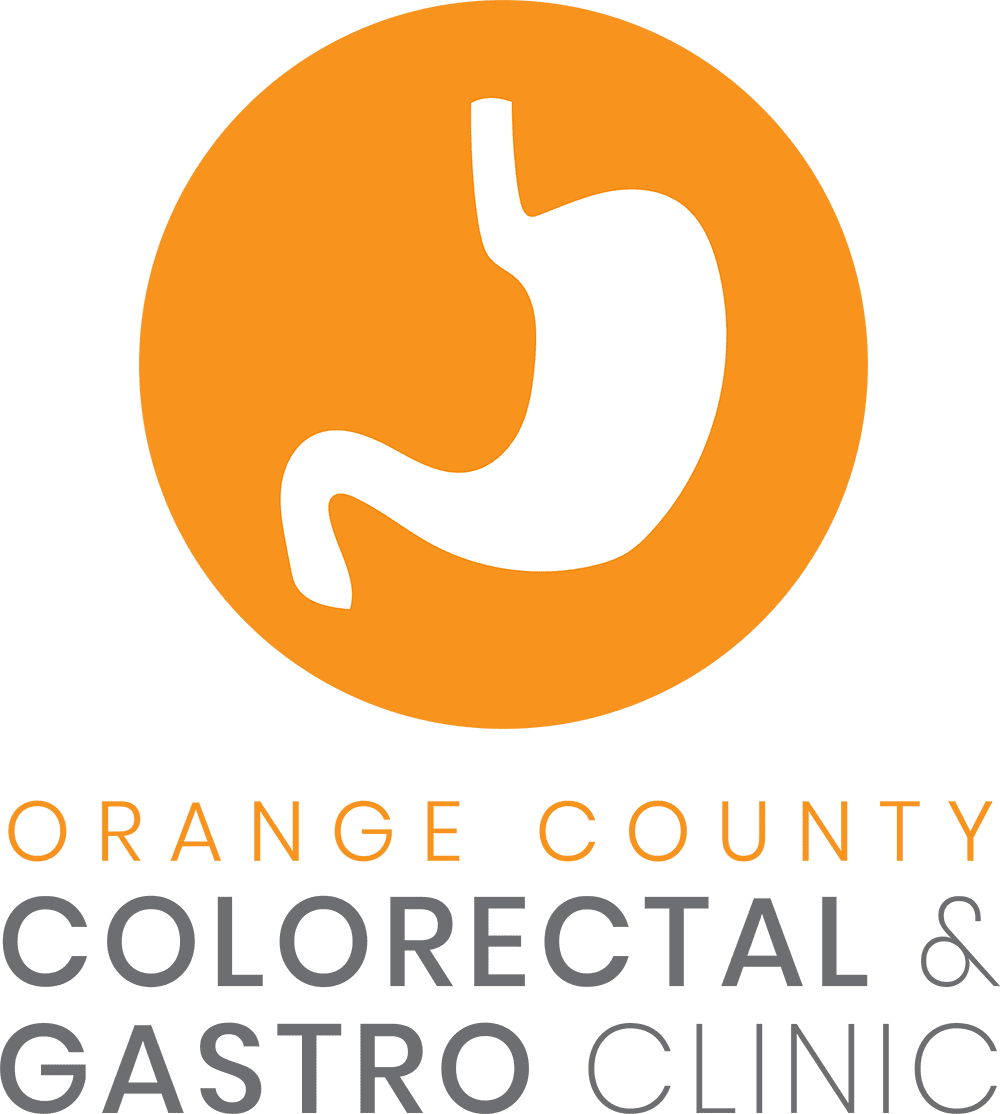Gastroesophageal reflux disease (GERD) occurs in approximately 20 percent of people who experience acid reflux.
This condition is characterized by stomach acid going up into the esophagus. It is important to seek treatment if GERD is suspected. There are treatment options that can alleviate the symptoms and reduce the risk of complications.
Learning more about this condition helps patients to know when to seek help from their doctor.
Causes
Acid reflux causes GERD. The lower esophageal sphincter relaxes when you swallow, allowing liquid and food to get into your stomach. It then closes. If this sphincter weakens or relaxes abnormally, this can allow stomach acid to come up into the esophagus. Over time, the acid causes irritation and inflammation.
The following can increase the risk of someone developing GERD:
- Obesity
- Pregnancy
- Delayed stomach emptying
- Hiatal hernia
- Scleroderma and other connective tissue disorders


The following habits may worsen acid reflux:
- Eating large meals
- Eating fried or fatty foods
- Taking aspirin or similar medications
- Smoking
- Eating late at night
- Drinking coffee or alcohol
Symptoms
When someone has GERD, the following symptoms are possible:
- Heartburn
- Trouble swallowing
- Feeling a lump in the throat
- Chest pain
- Sour liquid or food regurgitation
At night, it is not uncommon to experience chronic cough, worsening or new asthma, and disrupted sleep.

Over time, the esophagus can become inflamed due to the stomach acid backing up into it. This is more common when the condition is left untreated. Esophageal inflammation may cause:
- Esophageal ulcer
- Esophageal stricture
- Barrett’s esophagus
Diagnosis
In some cases, doctors can make an accurate diagnosis based on the patient’s medical history and symptoms. If further testing is necessary, the following may be considered:
- Ambulatory acid probe test to see how long and when stomach acid regurgitates
- Upper endoscopy to get a visual look at the patient’s esophagus and upper digestive tract
- Upper digestive system X-ray to look at the stomach, esophagus and small intestine
- Esophageal manometry to test the esophageal muscle contractions that occur when you swallow
Treatment
Over-the-counter medications are typically the first line of treatment. These may include:
- H2 receptor blocks to reduce stomach acid production
- Antacids to neutralize stomach acid
- Proton pump inhibitors to heal the esophagus and block stomach acid production
When over-the-counter medications are not effective, doctors might talk to their patients about prescription medicines. Both proton pump inhibitors and H2 receptor blockers come in prescription options. Another option is baclofen. This is a medicine that can reduce the relaxing of the lower esophageal sphincter.
When medication is not enough to control a patient’s symptoms, surgical intervention might be considered. The first option is fundoplication. This is done to prevent reflux by tightening the lower esophageal sphincter. The surgeon takes the top of the patient’s stomach and wrap it around this sphincter.
Another option is a LINX device. This device consists of tiny magnetic beads in the form of a ring. It wraps around the esophagus and stomach junction. This can keep the junction closed to refluxing acid, but open for food.

